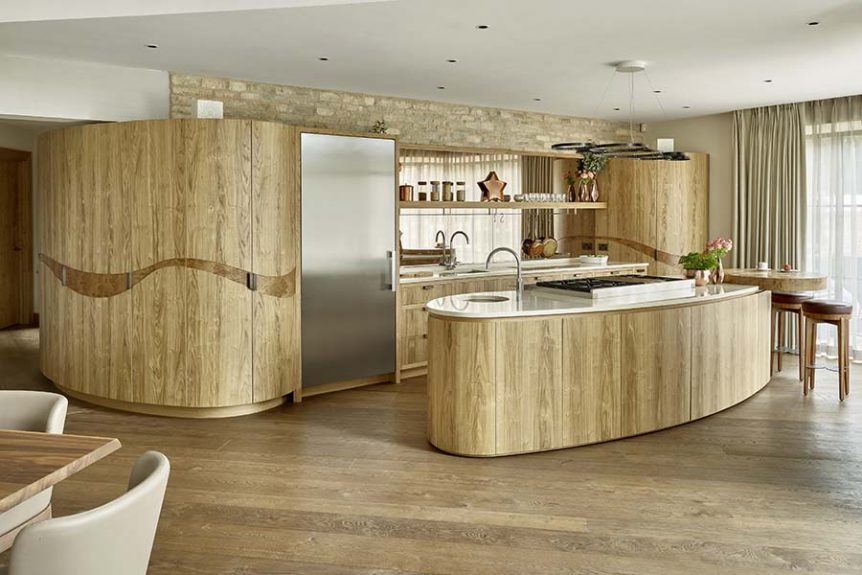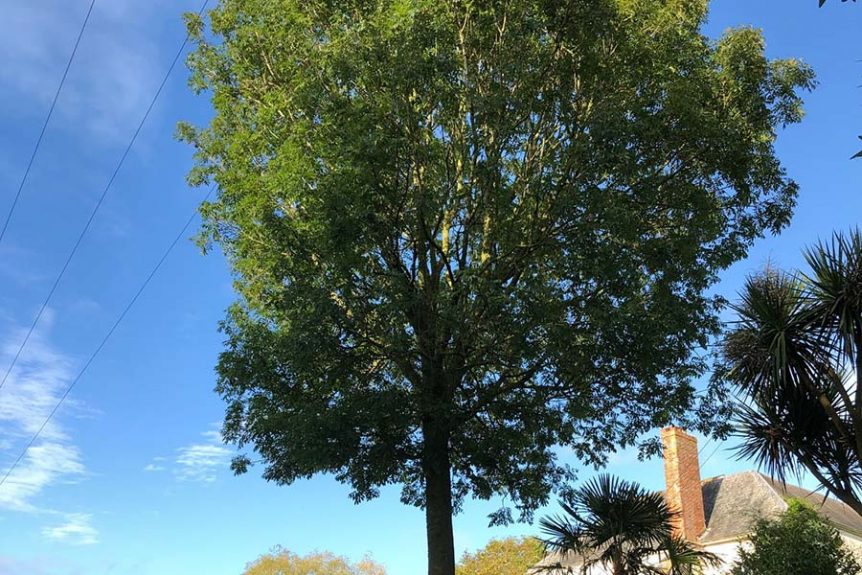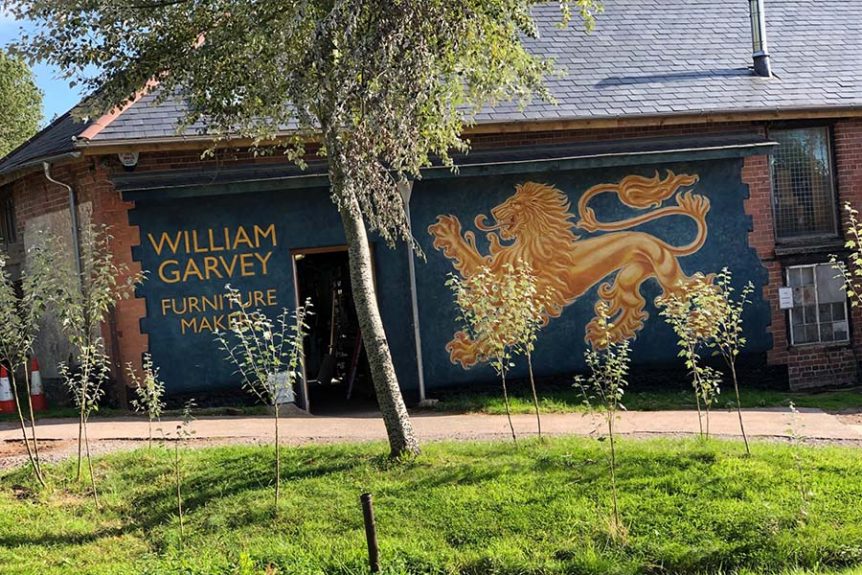An experienced cabinet maker knows how a piece of timber will behave. A well dried, radially sawn panel will stay steady over the years even if quite unsupported. While another piece, with the moisture ripped out of it in the kiln and perhaps containing compression timber from a nearby limb, will clamp on your sawblade like vice as you saw it, and end up uselessly twisted. It’s our job to turn this understanding to practical effect. Again and again we come back to the wonderful stability and torsional rigidity of radially cut timber. The louvres in the articulated screen above …
Thunderbolt and lightfoot
A hundred years ago we were at the beginning of the age of mass production. Henry Ford was in the process of perfecting the production of enormous numbers of Model T’s as long as they were black. Little did we know it, but this was the first line of a long drawn out and increasingly shameful suicide note, where a new dawn with the prospect of a better, safer, happier way of life has in the intervening century transformed into a rapacious grinder, demanding relentless increases in production to keep it alive. We can now produce so much, so fast, …
The Wonders of Nature
Q: What links harbour buoys, the seats of Windsor chairs, wheel hubs, water pipes, the bottom boards of a lugger, coffins? A: They are all best made of common elm, Ulmus procera, because they all exploit elm’s resistance to splitting and tolerance of saturation with water. Thus if the key structure of a buoy is a ring of elm, it can ride the knocks without splintering and it will remain immune to fungal attack as long as it is not left to dry out at low tide. Or again, the oldest water pipes in the world are made of elm. …
The Elm and the Ash
50 years ago Dutch elm disease pretty well wiped out the common elm in the UK. It was a tragedy. Elm was an emblem of the English landscape, our largest tree and handsome to boot, and its disappearance felt brutal and unsettling, an echo of the social, political and financial unease that gripped England in the late 1970’s I can well remember seeing hedgerows stripped of their elms and the gaping holes left behind. But as is well known, nature abhors a vacuum, and the common Ash, Fraxinus excelsior, was waiting in the wings to exploit a massive opportunity. This …
White Poplar
Towards the end of last summer when the ground was utterly parched, all around this young White Poplar suddenly there appeared a crowd of young ones, shooting directly from its roots in a last ditch attempt at DNA preservation. Fast forward a year and we have a miniature grove of White Poplars the tallest of which is already two metres in height and all genetically identical. I plan to keep the trunks clean so that the entrance to the workshop becomes framed by a lattice of these smooth sinuous forms. I’ll try to remember to photograph them next year to …
The Carbon sink of the World
A mature forest is a perfectly balanced carbon sink, with carbon released through death and decay, equal to the amount of carbon fixed by its growth – a climax ecosystem. Once it has reached this state it does not fix additional carbon. There it is, a giant store that would release a huge amount of carbon if burned, but while alive,it simply maintains itself. You can call the Amazon rain forest the lungs of the world if you like, because it does indeed respire. But don’t fool yourself that it is producing any net reduction in atmospheric CO2. For that …
The Royal Academy …
The Royal Academy was founded in 1768 with the support of King George the third. It moved to its present home at Burlington House in 1868. The Sackler Gallery within it was designed & built by Foster & Partners in 1991 and the two spaces are separated by a pair of bi-fold doors which fit within the thickness of the dividing wall when open. When first built it was amazing and exciting, a spaceship hanging over Piccadilly, and now,after almost 30 years, it’s has become a well loved addition. These doors have flat framing with a bead & butt detail …







